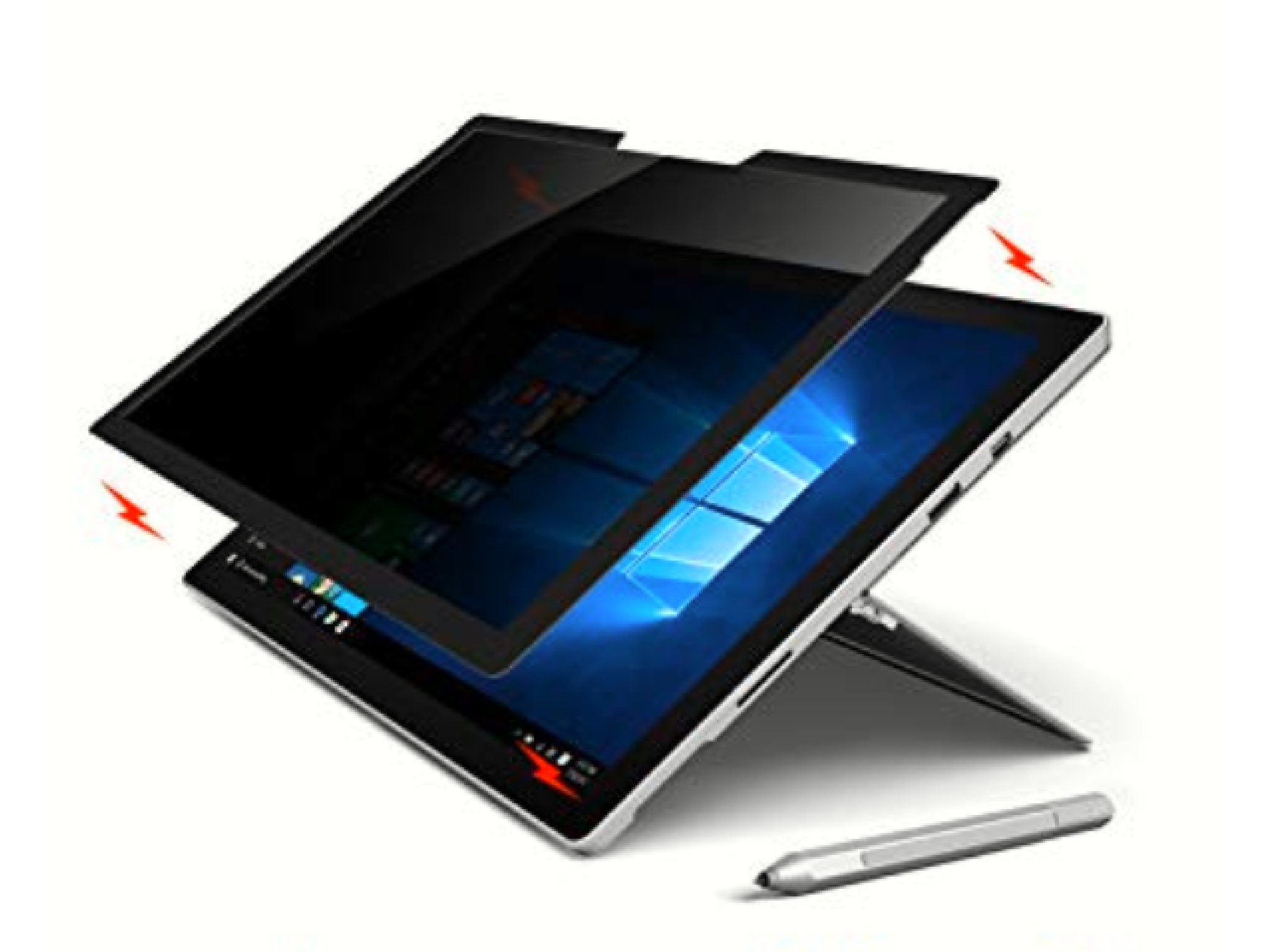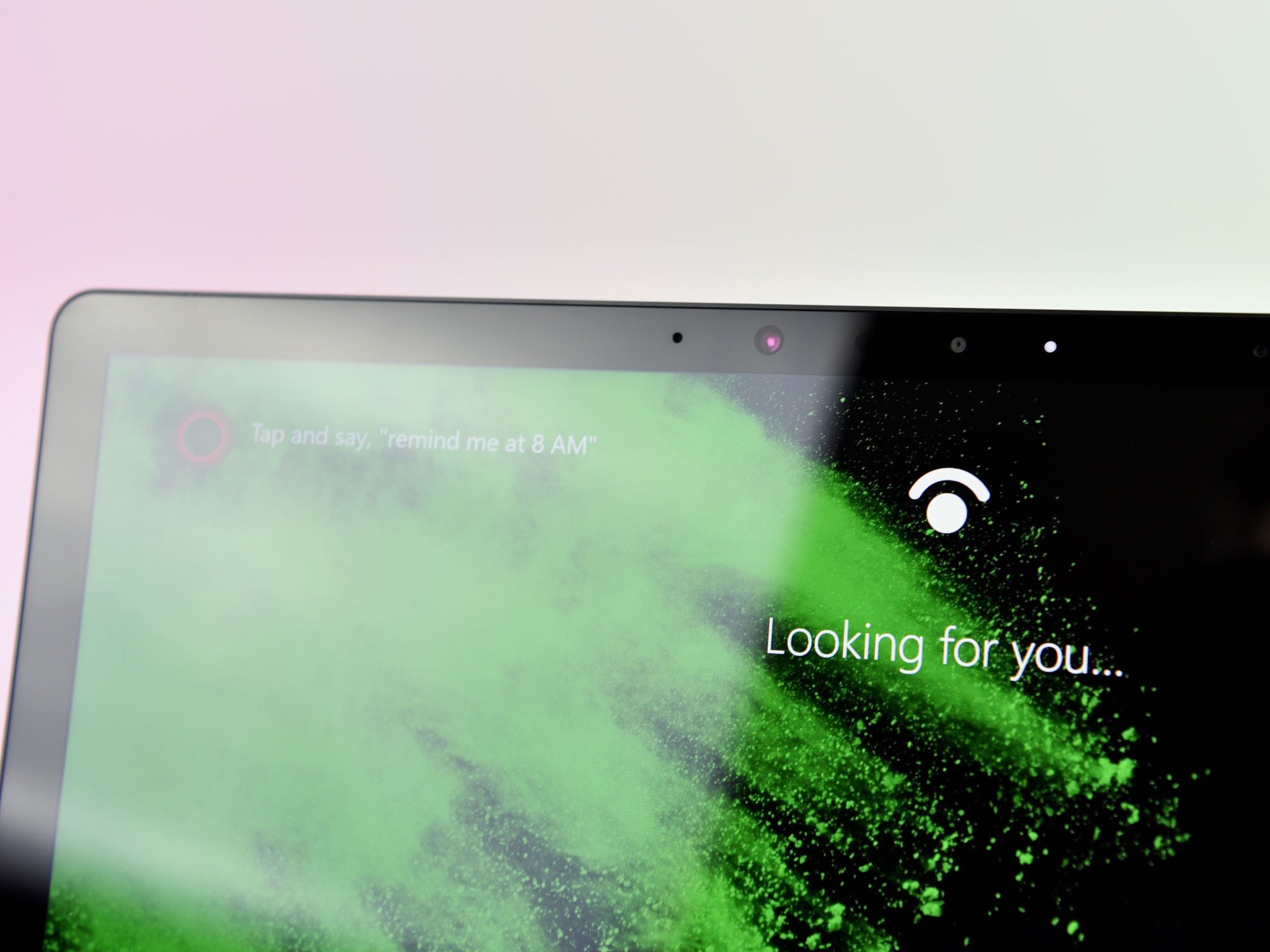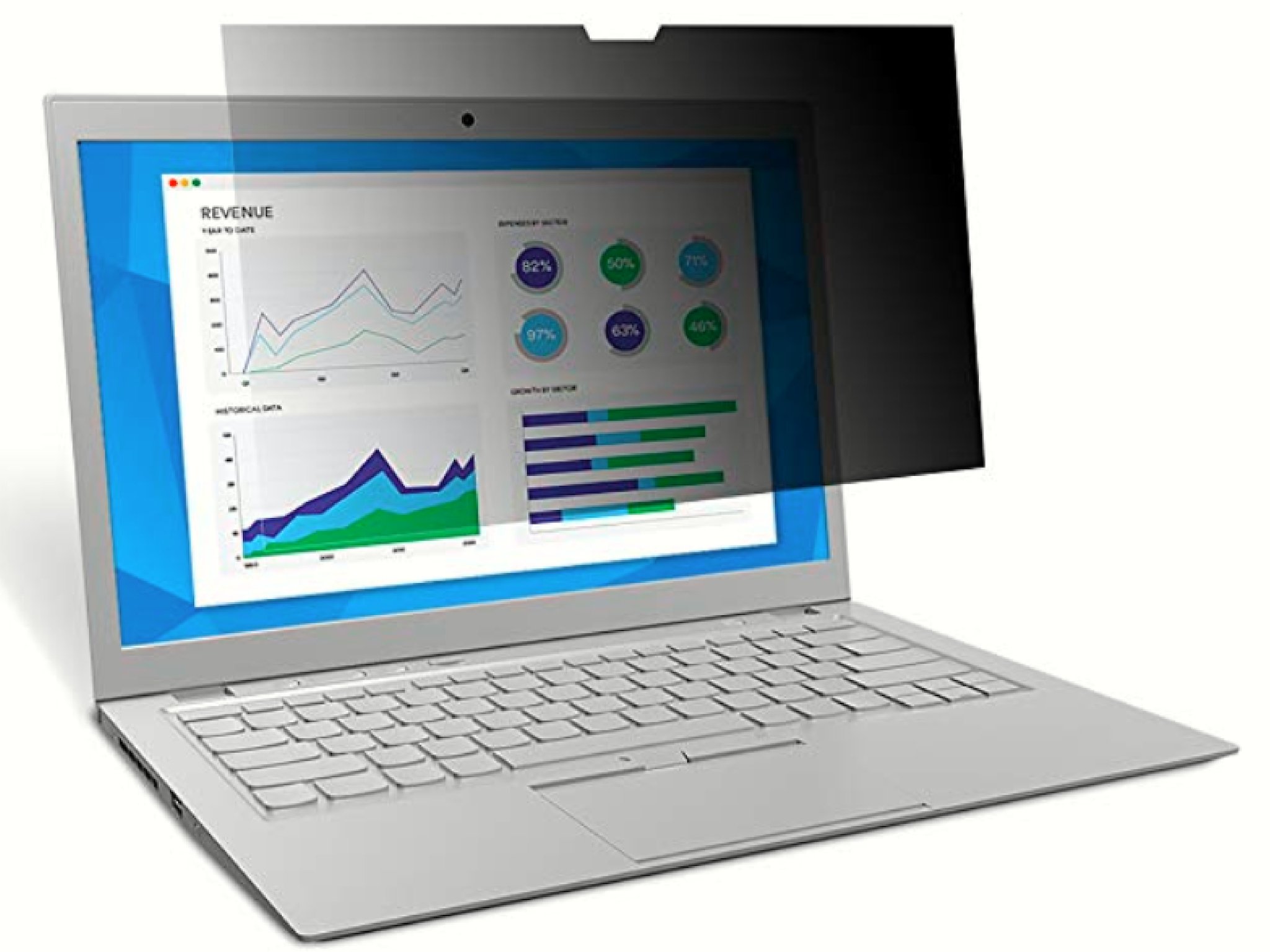Does Windows Hello face recognition work with a privacy screen?


Does Windows Hello face recognition work with a privacy screen?
Windows Hello face recognition and privacy screens explained
Windows Hello uses facial recognition, iris scanning, and fingerprint scanning to provide a secure alternative to passwords for Windows devices. Windows Hello compatible devices use the camera and near-infrared light to scan your face. This allows Windows Hello facial recognition to work, even in the dark.
Privacy screens (also called privacy filters) work like blinds in your house. From certain angles, such as looking straight at the screen, the light passes through and you can see and continue to work as normal. As you move to the side, the light gets blocked, so peeping eyes can't see what's on your screen unless they're directly behind you.
Since Windows Hello uses near-infrared light and light passes through the privacy screen at a direct angle, Windows Hello face recognition should work with a privacy screen.
How can I make sure Windows Hello face recognition work with my privacy screen?
Ensure Windows Hello facial recognition will work on your device with a privacy screen by making sure the camera and infrared sensors are not obstructed. Remove dust or dirt on the camera and sensors (usually at the top of the laptop) and try to not cover the area with the privacy screen.
Some privacy filters come with cutouts for the camera and speakers such as this privacy screen from 3M. That should make application and use much simpler.
All the latest news, reviews, and guides for Windows and Xbox diehards.


